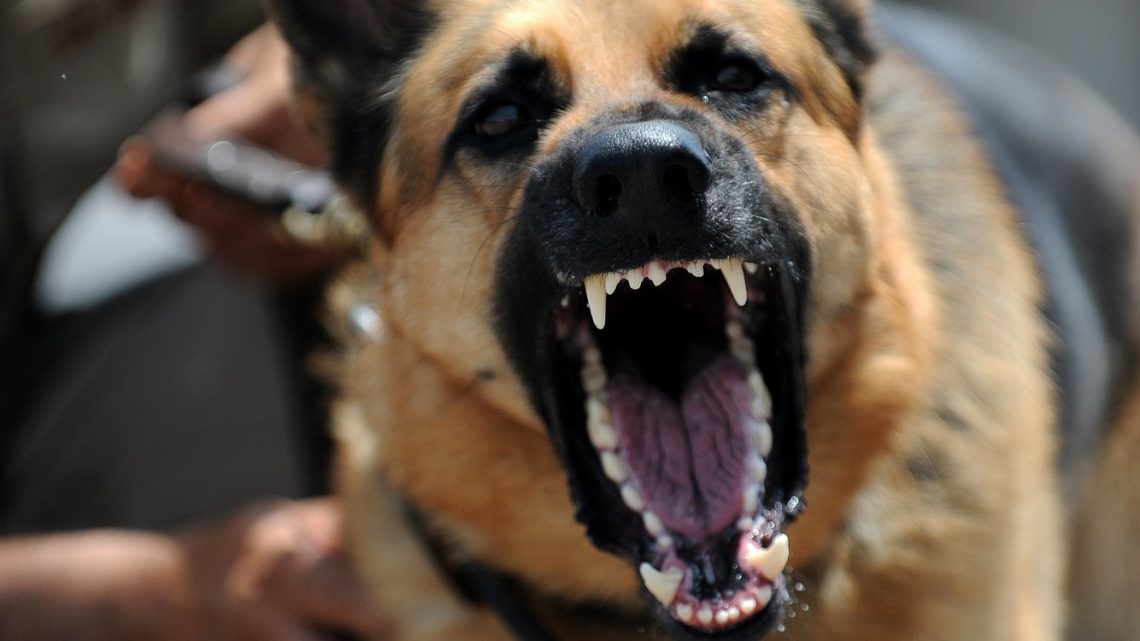Although many people’s first reaction when they see a dog might be to approach and pet it, this is how most dog bite incidents happen. The American Veterinary Medical Association notes that according to the CDC, “approximately 4.5 million dog bites occur in the United States each year, and 800,000 of those bites result in medical care.” Rarely, does a dog come out of nowhere and bite an innocent bystander. Usually, it’s someone that’s up close and personal with the animal that either does something wrong or is interacting with a dog that they shouldn’t be. To try and stop an incident before it happens, here are some tips on how to avoid being bit by a dog, or worse.
Why Dogs Bite
By nature, most dogs aren’t naturally aggressive or dangerous to be around people. However, more often than not, dogs bite as a reaction to something because they are scared or are trying to defend themselves. This is most likely a result of them feeling threatened, which can be for a number of reasons. Some of the most common include:
- Being in a new environment
- Being territorial
- Protecting their owners
- Protecting their puppies
- Feeling overwhelmed
- Feeling cornered
Like humans, dogs can get scared easily, so we can’t blame them for responding when they do. So, our job is to make them feel as comfortable as possible to prevent them from lashing out. Here’s how to interact with a dog responsibly.
Always Ask The Ower
You should always ask for a dog owner’s permission first before you approach or touch a dog. Not only is it rude not to, but it’s incredibly unsafe. If anyone knows the dog it’s their owner, so they can use their best judgment whether someone can pet their dog or not. It’s unlikely they will allow anyone to touch their dog if someone could get hurt because that responsibility falls on them. Furthermore, for all you know, the dog is injured, just had an operation, or doesn’t like to be touched in specific places. By asking permission from the owner, you can learn everything you need to know to safely be with the dog. If the owner happens to say no, don’t take it personally, and go about your day.
Pay Attention To A Dog’s Body Language
Luckily, dogs aren’t very good about hiding their emotions. This makes it very obvious when they are in a threatening state. If a dog is baring its teeth, growling, and its tail is straight up, it might not be in your best interest to get any closer. This dog is making it very clear that it doesn’t want you anywhere near him, and that if you ignore his warning, it’s going to do what it needs to defend itself. On the other hand, if a dog is smiling, wagging its tail, and visibly happy, they’re probably safe to interact with.
Avoid High-Risk Situations
Even if a dog is known for being loving and playful, there are still some situations that are considered high-risk, and a dog might lash out. Some of these include:
- If a dog is eating
- If the dog isn’t with its owner
- If it’s playing with a toy
- If it’s sleeping
- It’s around its puppies
Although interrupting with a dog doing these things doesn’t always mean that it might bite you, these are some of the most common circumstances when it does happen. Do your best to avoid dogs, especially those you don’t know during these times. However, no matter the situation, if you are going to approach a dog, follow these instructions to ensure your safety.
What If You Are Bit?
Hopefully, if you do find yourself being bit by a dog, you aren’t harmed and everything can be chalked up to a misunderstanding. However, sometimes, dog bites can be so severe or unprovoked that you need to seek the advice of legal help from someone like a personal injury lawyer at Shaw Cowart LLP if you intend to press charges. Yet, this can all be avoided if you act responsibly around and respect them for the animals that they are.




No Comment